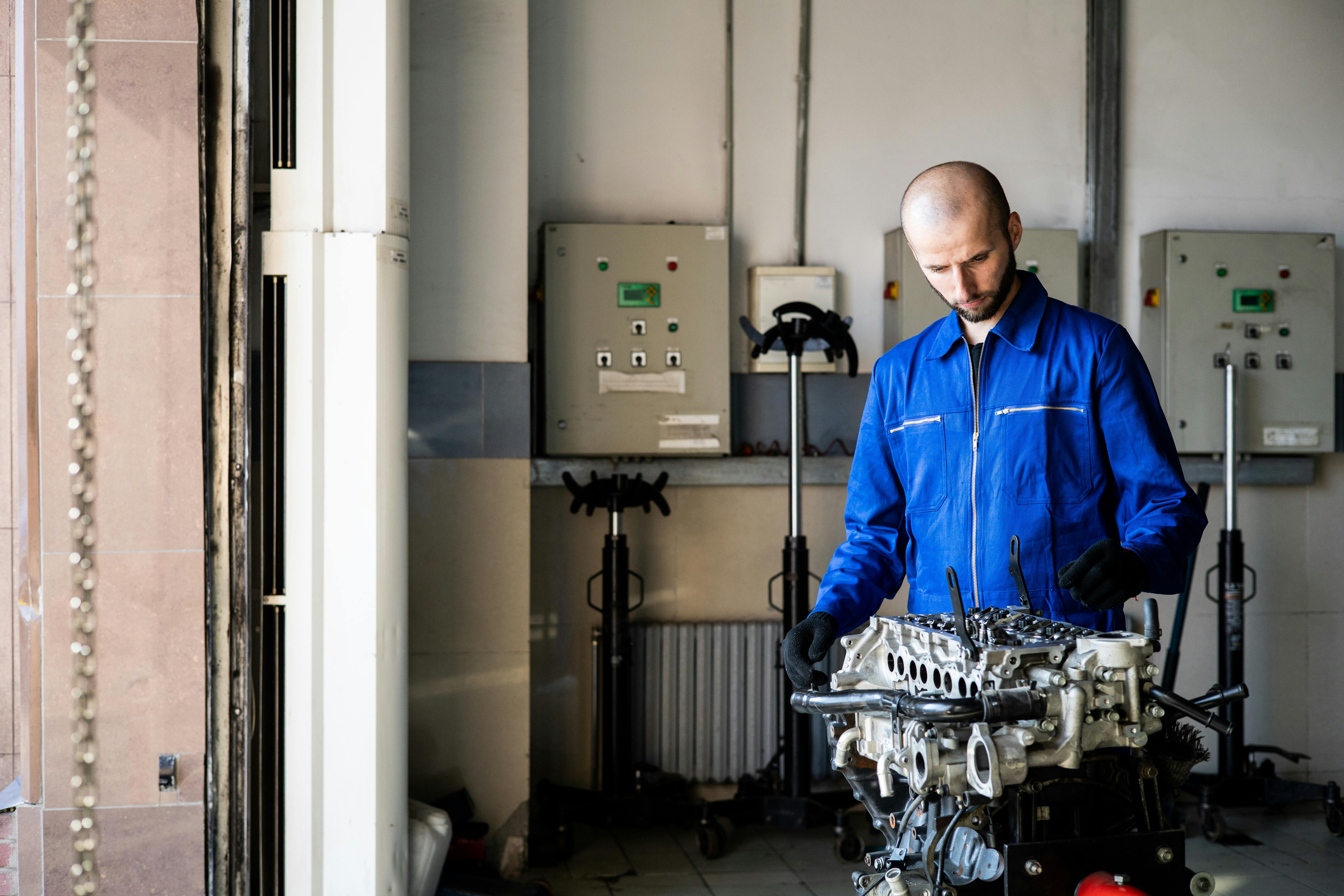The Dynamics of Decentralized Manufacturing: A New Industrial Paradigm
Manufacturing has long been a cornerstone of global economic development. It has evolved over centuries, from the humble workshops of the industrial revolution to the sprawling factories of today. Yet, in this age of rapid technological and societal change, a new trend is emerging that could re-shape our understanding of production itself: decentralized manufacturing.

Decentralized, or distributed, manufacturing is a model where production is geographically dispersed rather than centralized in large factories. It leverages advances in digital technologies and logistics to produce goods closer to their end-users, reducing lead times, transportation costs, and carbon emissions. But what does this shift mean for businesses and industries?
Understanding Decentralized Manufacturing
Decentralized manufacturing is not a new concept. It has roots in the cottage industries of the pre-industrial age and gained momentum with the rise of the internet and digital technologies. Today, it’s being driven by advancements in 3D printing, cloud computing, and other Industry 4.0 technologies, which allow businesses to decentralize their production processes without sacrificing efficiency or quality.
In a decentralized manufacturing system, production is distributed among a network of small, localized factories or even individual producers. These ‘micro-factories’ leverage digital designs and advanced manufacturing technologies to produce a wide range of products, often on-demand and tailored to local market needs.
The Business Case for Decentralized Manufacturing
Adopting a decentralized manufacturing model can offer several benefits for businesses. Firstly, it can reduce lead times and transportation costs as goods are produced closer to the end-user. This can also improve responsiveness to market changes and enable greater customization and personalization of products.
Secondly, decentralized manufacturing can enhance supply chain resilience by reducing reliance on single, large-scale production facilities. This can mitigate risks associated with disruptions such as natural disasters, political instability, or global pandemics.
However, transitioning to a decentralized manufacturing model can also present challenges. These could include managing a more complex supply chain, ensuring quality control across multiple production sites, and navigating regulatory variations between different locations.
The Role of Technology in Decentralizing Manufacturing
The rise of Industry 4.0 technologies such as 3D printing, cloud computing, and the Industrial Internet of Things (IIoT) is a key enabler of decentralized manufacturing. These technologies enable the digitalization of production processes, facilitating remote operation, real-time monitoring, and data-driven decision making.
3D printing, in particular, has been a game-changer for decentralized manufacturing. It allows for on-demand production of a wide range of goods, from automotive parts to medical devices, right where they are needed. This not only reduces lead times and transportation costs, but also enables greater customization and personalization.
Cloud computing and IIoT technologies, meanwhile, provide the digital infrastructure needed to manage and coordinate a decentralized manufacturing network. They enable real-time communication and data sharing between different production sites, facilitating efficient coordination and quality control.
Practical Applications and Considerations
- Transitioning to a decentralized manufacturing model requires careful planning and strategic investment in digital technologies.
- Businesses should consider partnering with local manufacturers or setting up their own micro-factories in key markets.
- Quality control can be a challenge in decentralized manufacturing. Implementing robust quality management systems and leveraging digital technologies for real-time monitoring can help mitigate this risk.
- Regulatory compliance can also be a challenge due to variations in regulations between different locations. Businesses should ensure they understand and comply with local regulations in each of their production locations.
- Decentralized manufacturing can offer significant environmental benefits by reducing transportation distances and associated carbon emissions. Businesses should consider this in their sustainability strategies.
As we step into a new era of industrial production, decentralized manufacturing offers a compelling vision of a more resilient, responsive, and sustainable manufacturing model. It’s a shift that requires careful planning, strategic investment, and a willingness to embrace new technologies and business models. But for those businesses that rise to the challenge, the rewards could be significant.




